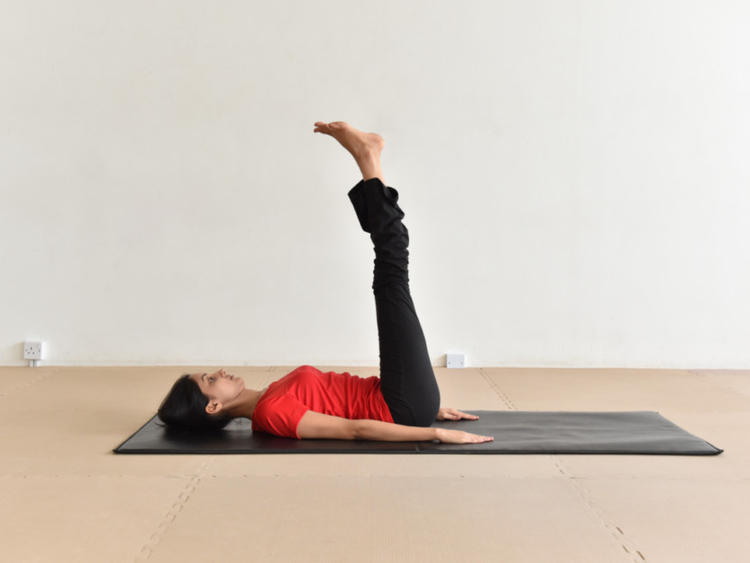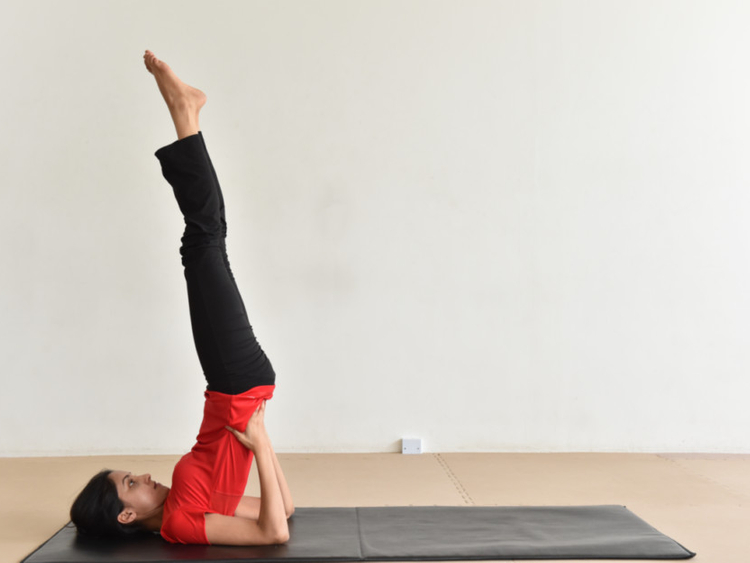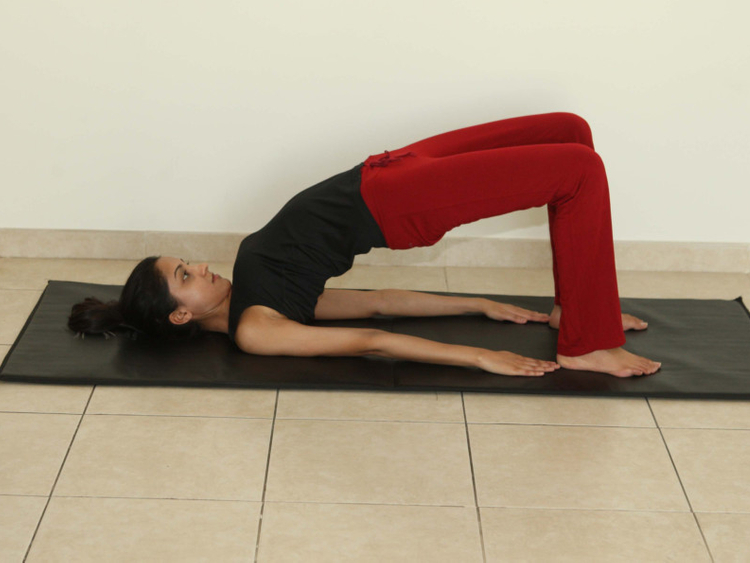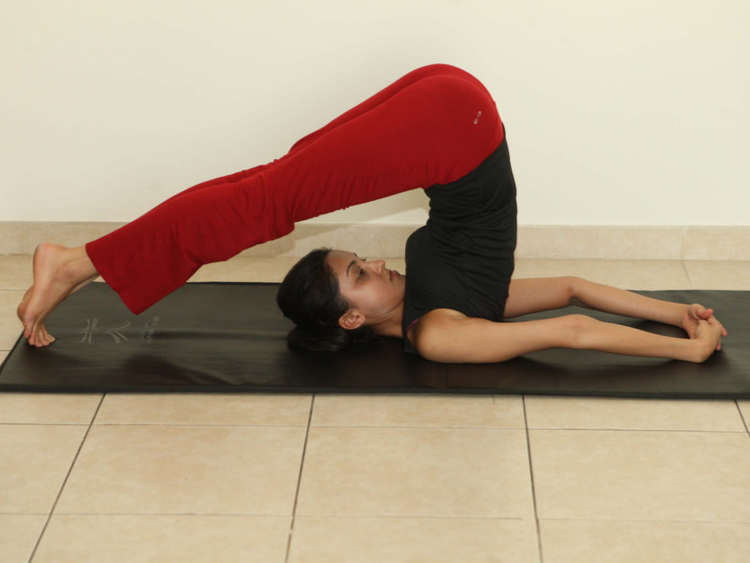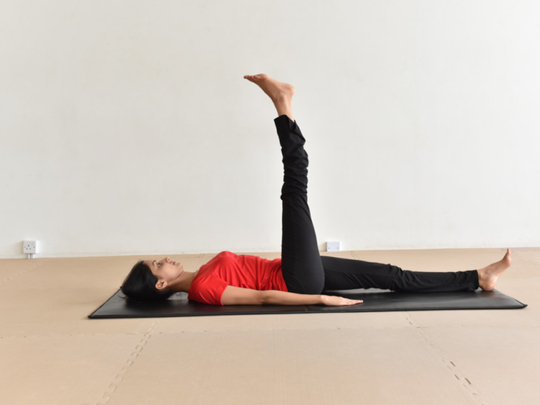
The uterus is held in the pelvis by muscles and ligaments. When the supporting structures weaken, this leads to uterine prolapse wherein the uterus falls into the vaginal tract. In extreme cases it protrudes externally. Women normally experience pain, bladder infections, discomfort while sitting, etc.
Apart from procedures and surgical intervention for prolapse, doctors recommend weight loss, regular exercise and lifestyle changes. Though yoga cannot cure prolapse, it is one of the best ways to lose weight, strengthen the muscles, and reduce discomfort and stress that comes along with the condition.
CAUSES OF UTERINE PROLAPSE
Damage to the tissues due to obesity, damage during pregnancy, difficult childbirth, lifting and moving heavy equipment, and age could cause uterine prolapse. Essentially, an healthy lifestyle is the root cause.
Practising yoga postures that strengthen and tone the pelvic muscles, applying upward pull on the pelvic organs along with bandhas (neuromuscular locks) is helpful.
YOGA PRACTICES
Begin with basic joint rotation and 12 sun salutations. You may also include chakki chalasana, naukasanchalasana and titliasana, described in tabloid! (August 8).
Uttanapadasana (One leg pose)
Lie on your back. Raise one leg to 90 degree and hold for 10-15 seconds while breathing normally. Slowly lower the leg. Repeat 2-3 times, with both legs.
Next, alternate and move one leg up and down while keeping it straight. Repeat at least 10 times.
The same routine can also be used at 60 and 45 degrees from the floor.
Naukasana (Boat pose)
Raise your legs, arms, shoulders and head off the ground, as shown in the picture. Squeeze your abdomen but breathe normally in the posture. Hold for 10-15 seconds at least. Repeat 2-3 times.
Kandharasana (Shoulder pose)
Bend your knees, keeping your feet apart. This is the starting position. Lift your hip up as you tighten your gluteus muscles. Rise as high as possible, pushing the chest up towards the chin, but keep feet flat on the floor. Hold the posture for as long as it is comfortable and then lower the body to the starting position.
Viprita Karni (Inverted pose)
Lie flat on the back with legs and feet together. Raise the legs together, keeping them straight. Move the legs over the body towards the head. Push down on the arms and hands, raising the buttocks. Use your palms to support your body resting on your elbows as shown. Keep your legs vertical. To lower your body, bend your knees bringing your hip to the floor, and then your feet down.
If you are unable to perform this without support, you can rest your hip against wall.
Halasana (Plough pose)
Follow the same steps as viprita karni but lower your legs towards the head, trying to touch the floor.
BANDHAS
Uddiyan bandh (Abdominal lock)
Sit with your back straight. Place your hands on your thighs and exhale through your mouth. Lock your abdomen as you pull it in and up towards the chest. Hold for 10-20 seconds and release. Repeat three times.
Moolbandh (Perineum lock)
Inhale and hold your breath. Squeeze the lower abdominal area and pelvic floor, and pull upwards. Hold for 10-20 seconds, release and exhale. Practise three times.
Tips:
- Avoid this regime during menstruation and pregnancy.
- Avoid inverted postures if you have slipped discs in the cervical region.
- These postures are best learnt under the guidance of a professional before you attempt to practise on your own.
Next Week: Yoga to boost immunity
This is an interactive series, in which we will bring you practical tips
on daily living, inspired by the vision of yoga. Write in to tabloid@gulfnews.com with your questions and doubts regarding enhancing your lifestyle through yoga. For more information, call 800-YOGA (9642) or log on to artisticyoga.com



